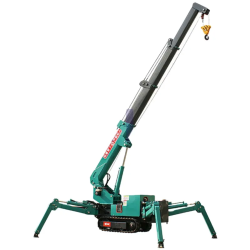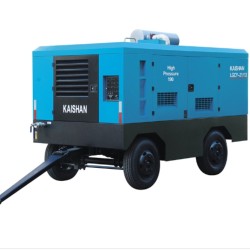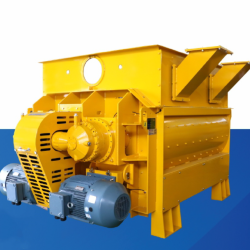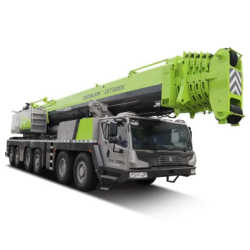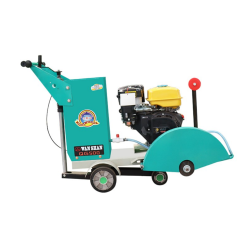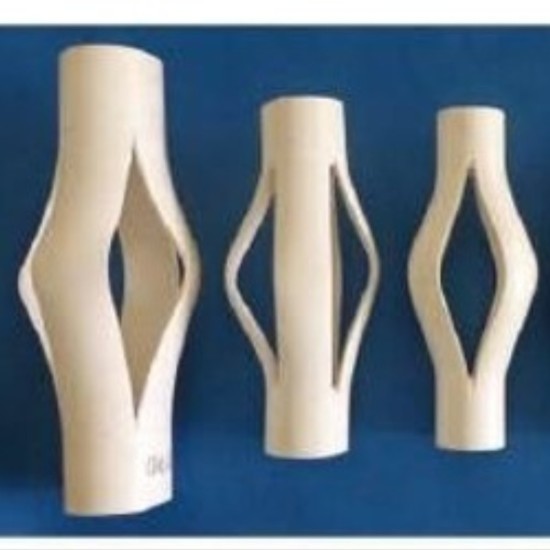
- Stock: Pre-Order
- Model: CL
Available Options
Description:
PVC Centralizer is a drilling tool used in oil or natural gas wells, aimed at maintaining the correct position of the drilling pipeline (casing) in the wellbore and ensuring appropriate clearance between the casing and the wellbore. It is usually made of PVC (polyvinyl chloride) material and is widely used due to its corrosion resistance and wear resistance.
Product features:
1. Corrosion resistance: Due to the use of PVC material, PVC Centralizer has good corrosion resistance and can be used in various chemical environments to reduce interaction with well fluids or formation media.
2. Wear resistance: PVC Centralizer has excellent wear resistance and can maintain its functionality in environments of scratching and wear. This makes them suitable for long-term work and reuse.
3. Uniform Gap: The design of the PVC Centralizer ensures a uniform gap between the casing and the wellbore. This helps to ensure that fillers such as cement slurry are evenly distributed around the casing, improving the quality of cementing.
4. Easy installation: PVC Centralizers are usually installed using simple fixtures or threaded connections, making them easy to operate. This can reduce installation time and work intensity.
5. Multiple models: According to different requirements of the wellbore, PVC Centralizer offers a variety of models and sizes to choose from. Selection can be made based on specific wellbore sizes, casing diameters, and drilling conditions to meet engineering needs.
6. Wide applicability: PVC Centralizer is suitable for various drilling conditions and wellbore engineering, including conventional formations, complex formations, and horizontal wells. Its versatility makes it an important tool for wellbore support and cementing operations.
Usage scenario:
1. Centralization of casing: The main function of PVC Centralizer is to maintain the centering position of the casing in the wellbore. By installing on the casing and configuring multiple rigid or elastic centering fins, it is ensured that the casing remains in a vertical position, preventing eccentricity or sinking into wellbore cracks.
2. Preventing cementing failure: Proper casing centralization helps to ensure cementing quality. When the cement slurry fills the gap between the casing and the wellbore, PVC Centralizer can help distribute the cement slurry evenly, reduce the eccentric flow of the cement slurry, and thus avoid cementing failure and the generation of voids.
3. Improving wellbore stability: By maintaining the correct position of the casing in the wellbore, PVC Centralizer helps improve wellbore stability. It can reduce the swing and vibration of the casing, prevent wellbore collapse and wall cracking, thereby protecting the wellbore structure and ensuring the smooth progress of drilling operations.
4. Improving Well Integrity: Proper use of PVC Centralizer can help improve well integrity. They can prevent friction and wear between casings, reduce the risk of casing deformation and damage, and thereby improve the strength and durability of the wellbore.
|
Model |
Inside diameter |
Outside diameter |
Rebar |
Thickness |
|
CL6025 |
25 mm |
60 mm |
Y25 |
2.8 mm |
|
CL6032 |
32 mm |
60 mm |
Y32 |
2.8 mm |
|
CL7025 |
25 mm |
70 mm |
Y25 |
2.8 mm |
|
CL7032 |
32 mm |
70 mm |
Y32 |
2.8 mm |
|
CL8025 |
25 mm |
80 mm |
Y25 |
2.8 mm |
|
CL8032 |
32 mm |
80 mm |
Y32 |
2.8 mm |
|
CL9025 |
25 mm |
90 mm |
Y25 |
2.8 mm |
|
CL9032 |
32 mm |
90 mm |
Y32 |
2.8 mm |
|
CL9040 |
40 mm |
90 mm |
Y40 |
2.8 mm |
|
CL10025 |
25 mm |
100 mm |
Y25 |
2.8 mm |
|
CL10032 |
32 mm |
100 mm |
Y32 |
2.8 mm |
|
CL15032 |
32 mm |
150 mm |
Y32 |
2.8 mm |
Quality Assurance Period (QAP) Explanation
1. The Quality Assurance Period (QAP) is an important aspect of our commitment to ensuring the quality and reliability of our products. We understand that customers rely on our goods to function properly and meet their expectations. To demonstrate our confidence in our offerings, we provide a warranty period during which we take responsibility for any quality issues that may arise.
2. The length of the warranty period varies depending on the type of product. Generally, for consumable components subject to wear and tear, such as abrasion parts, the warranty period is three months. For smaller components, the warranty period is typically extended to six months. As for major equipment and machinery, we offer a one-year warranty period.
3. We also recognize that each customer's requirements may differ, and we are open to negotiation regarding the warranty period. If the buyer requests a specific warranty duration that differs from our standard policy, we are willing to discuss and accommodate their needs accordingly.
4. During the warranty period, we take full responsibility for any quality-related issues that arise. If a product is found to be defective or malfunctions due to manufacturing or material faults, we are committed to providing a resolution. This includes either replacing the faulty component or conducting necessary repairs to restore the product to its intended functionality. Our aim is to minimize any inconvenience caused to our customers and ensure their satisfaction.
5. It is important to note that the warranty does not cover damages resulting from improper use, mishandling, or normal wear and tear. Additionally, if any modifications or repairs are carried out by unauthorized personnel during the warranty period, the warranty may become void.
6. At our company, customer satisfaction is our top priority. We strive to provide high-quality products that meet and exceed expectations. The Quality Assurance Period serves as a testament to our commitment to delivering reliable solutions and ensuring that our customers have peace of mind when choosing our products.
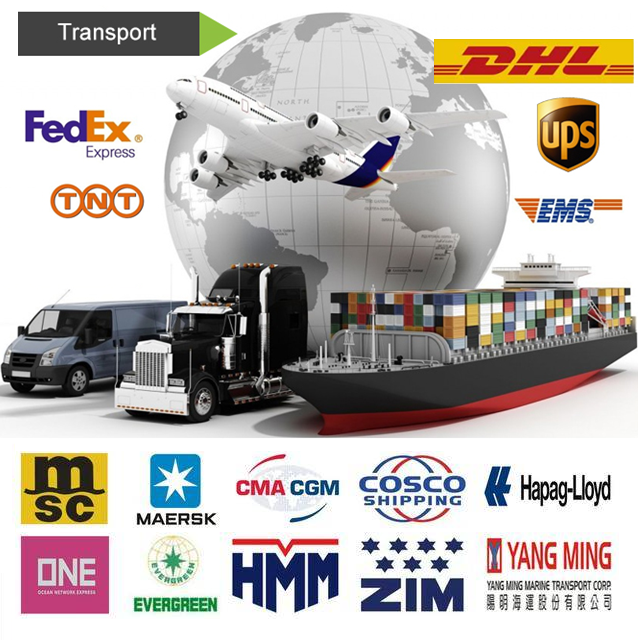
Transportation:
1. We offer various trade methods, including EXW, FOB, CIF, DDU, DDP, etc., allowing customers to choose the most suitable option based on their requirements.
2. We consider the proximity to the factory where the goods are located when selecting the appropriate port of departure.
Customers can provide the destination port where the consignee is located or choose a designated port for delivery.
3. Our transportation methods encompass a wide range of options, including waterway transportation, air transportation, and courier services such as DHL, FedEx, EMS, UPS, TNT, etc.
For waterway transportation, we work with reputable shipping companies such as APL, CMA, CNC, COSCO, EMC, EVERGREEN, HMM, KMTC, MCC, MSC, MSK, ONE, SITC, YML, etc.
Air transportation is available through airlines such as (Air China): CA; (China Southern Airlines): CZ; (China Eastern Airlines): MU; (Garuda Indonesia): GA; (Cathay Pacific Airways): CX; (Cathay Dragon): KA; (Korean Air): (Japan Airlines): JL; (Singapore Airlines): SQ; (Thai Airways International): TG, and more.
4. The transportation time will vary depending on the destination and the chosen transportation method. We will communicate and confirm the estimated time of arrival with the customer prior to shipping.
5. Shipping costs are influenced by factors such as transportation method, weight, size, and destination. We provide shipping cost estimation services to assist customers in budgeting.
6. Once the goods are shipped, we offer order tracking services to provide customers with detailed information about the whereabouts of their shipment. Additionally, based on the selected trade method, we can arrange cargo insurance to provide compensation in the event of loss or damage during transportation.
7. The specific transportation arrangements mentioned above will be coordinated by dedicated personnel, taking into account the actual situation and policies. We strive to tailor the optimal and most cost-effective shipping plan based on the information provided by the customer.
Please note that we are committed to ensuring the smooth transportation of goods and will work closely with customers to address any specific requirements or concerns they may have regarding transportation.









